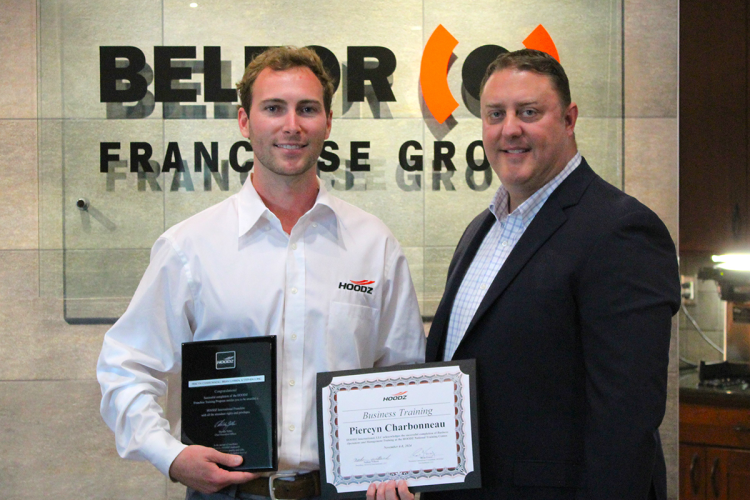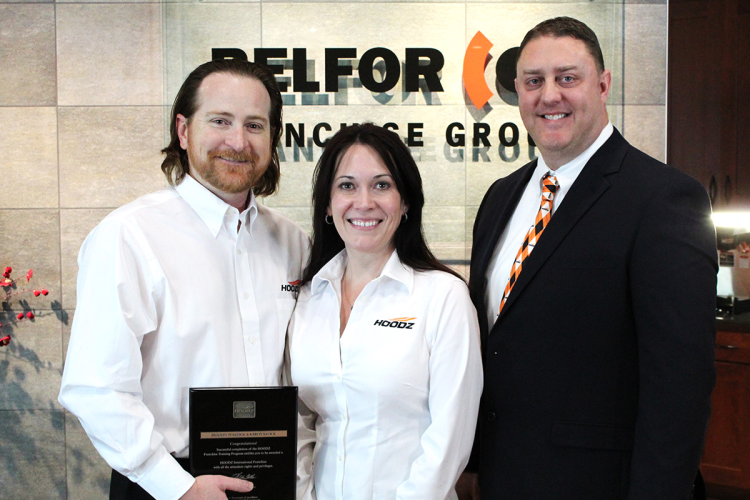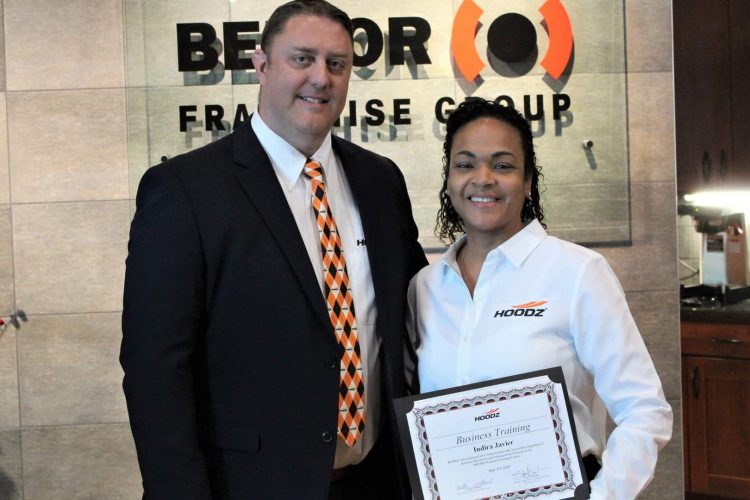PREVENTING FIRES
A commercial kitchen is often a fast-paced, hectic environment. The kitchen staff is often rushing to get food prepped, cooked, and on the table for patrons. Unfortunately, this rush often leads to proper fire safety being an afterthought. It’s important to ensure your kitchen stays up-to-code to prevent fires.
Open flames, high-temperature oils, and multiple electric kitchen appliances operating at once can quickly spark a fire. According to recent data from the National Fire Protection Association (NFPA), 7,410 fires occur annually in eating or drinking establishments. These fires cause an estimated $165 million in property damage.
To ensure your commercial kitchen is ready in the event of a fire and is in line with NFPA codes, it’s important to prepare. Here are a few fire prevention tips for your establishment:
1. Install and test fire suppression system(s).
Kitchen fires spread quickly, especially with hot oil and grease in the vicinity. To extinguish a fire before it spreads, you should install an automatic fire suppression system. All employees should receive training on how to operate it. The NFPA requires that every commercial kitchen have a system installed and that it be tested at least semiannually. When used effectively, the system will shut down the fuel or electric supply to cooking equipment. It will also douse the area with a flame-suppressing agent. Every employee should receive monthly training about how to operate the system.
2. Regularly maintain electrical equipment.
All kitchen equipment should be in full working order to prevent electrical malfunctions and resulting fires. Staff should check regularly for frayed cords, wiring, and broken switch plates and remove any flammable materials from areas close to electrical power sources. NFPA standards require that wiring not be installed in the facility’s duct system. Employees and kitchen managers should do their due diligence to properly install and maintain equipment.
3. Equip the kitchen with the right fire extinguishers.
In addition to having a fire suppression system, it’s important to have fire extinguishers readily available. The NFPA requires a Class K fire extinguisher to be accessible for fires that involve grease, fats, or oils that burn at high temperatures. You should only use this type of extinguisher after the activation of the fire suppression system. Class ABC fire extinguishers should also be available in the kitchen for all other types of fires, including paper, wood, plastic, or electrical fires.
4. Have your exhaust system cleaned regularly.
NFPA codes require the regular inspection and cleaning of kitchen exhaust systems. The frequency of this cleaning will depend on the type and amount of cooking done in your kitchen. During operation, grease travels up into the hood, through the exhaust hood filters, and into ductwork that leads to the exhaust fan on the roof. A simple spark can ignite this grease and spread fire throughout the entire system. The NFPA and local Authorities Having Jurisdiction (AHJs) require that a properly trained and certified professional clean the entire system, including the hood, ductwork, fan, and roof. These cleanings help keep the kitchen exhaust system up-to-code and safe from a possible fire.
5. Train your staff on fire safety.
In the event of a fire, kitchen staff needs to be ready to act quickly. Staff should be trained on how to store flammable liquids properly, remove ashes from wood and charcoal-burning ovens daily, and regularly clean walls and work surfaces to remove excess grease. Staff should also know not to douse a grease fire with water, as it will cause the grease to splatter and break out into a larger fire. Don’t store paper products, boxes, linens, and extra food near heat and electrical sources.
Staff should receive training regularly and should be aware of the kitchen’s fire emergency plan, including how to manually shut off the gas and electrical power, how to evacuate the building safely, and how to operate all fire safety equipment. Every employee should know how to properly use a fire extinguisher. Generally, employees would pull out the pin, aim at the base, make a sweeping motion, and be 10 feet away from the fire to safely extinguish the flames.
While no one ever wants to experience a fire, it is important to always be ready in case an unexpected fire does start. By following these tips, commercial kitchen owners can ensure that their establishment is up to NFPA codes. They will be able to safely extinguish a fire before it causes significant damage.


